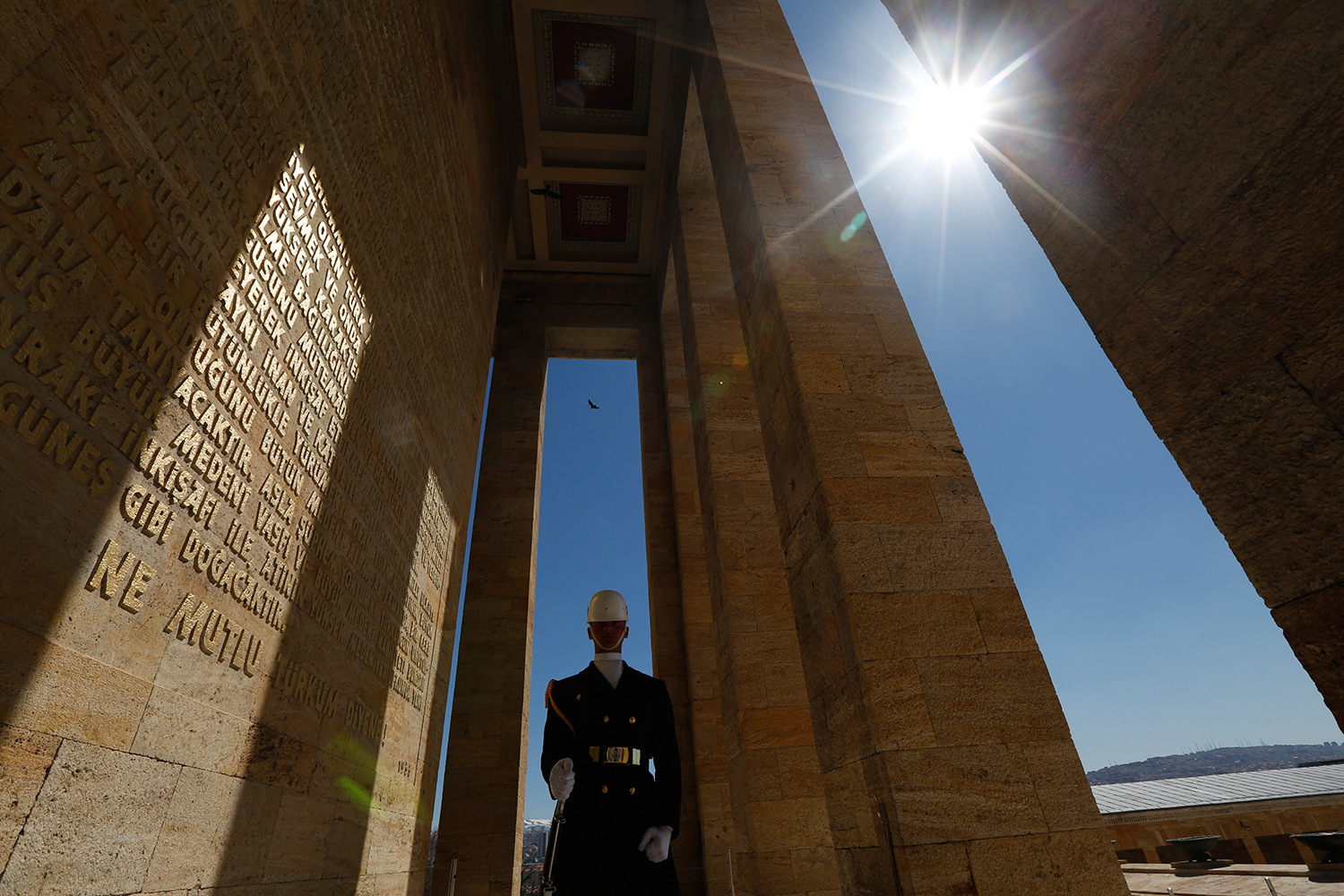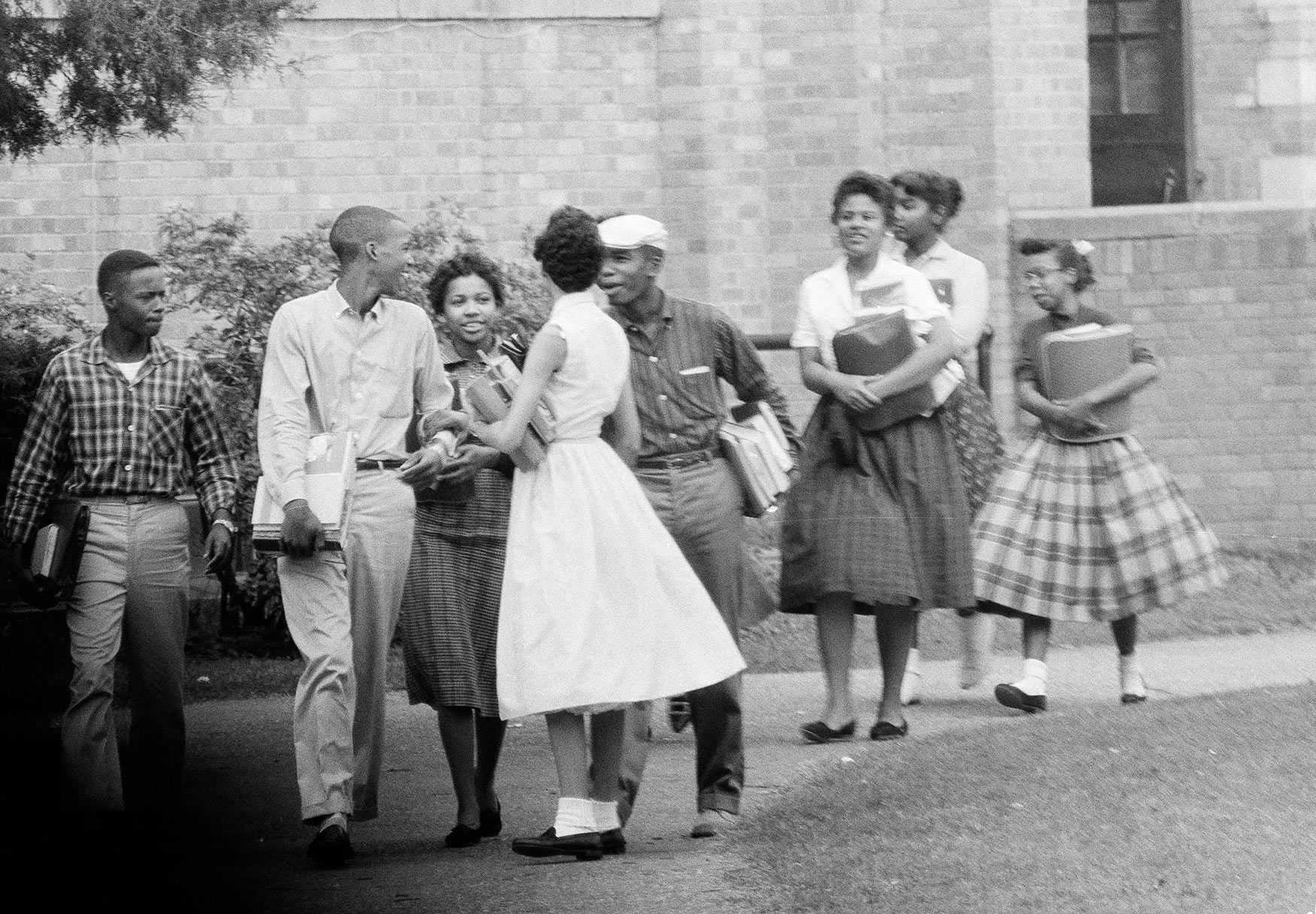How Turkey’s failed coup unfolded, hour by hour

A year ago Saturday, a group of Turkish soldiers using tanks, warplanes and helicopters launched a plot to overthrow Turkey’s president and government. The coup attempt failed, but the fallout continues a year later.
President Recep Tayyip Erdogan swiftly blamed his one-time ally, U.S.-based Muslim cleric Fethullah Gulen, who is in exile in the U.S. and denies the allegations that he was behind the coup. The two had a public falling out in 2013, when Gulen’s organization was declared a terror organization and a clampdown began.
On the night the coup event unfolded, the events made little sense to those watching and the culprit was far from clear. People turned to the news to make sense of what was happening. Many lined up at stores and ATMs, unsure if the country would function the next day. Istanbul and Ankara residents took cover in their homes as they heard the unusual sound of sonic booms from fighter jets.
Heeding a call from the president, thousands of people took to the streets to stand up to the coup plotters. Some 250 people were killed and 2,193 injured. At least 34 coup plotters also died.
In this early Saturday, July 16, 2016 photo, tanks move into position as people attempt to stop them, in Ankara, Turkey, during the coup attempt. (AP Photo)
Based on reporting from that night, along with information from the state-run Anadolu news agency and the Turkish president’s office, here is an account of how the July 15-16 coup unfolded (all times local):
July 15
10 p.m.
Soldiers block Istanbul’s iconic Bosporus Bridge. (AP Photo/Emrah Gurel)
A group of soldiers closes off two Istanbul bridges that connect the part of Turkey that’s in Asia to the part that’s in Europe, leading to a Friday night traffic jam and prompting social media speculation about a potential terror attack. Military jets are heard flying over the capital Ankara and shots are fired at army headquarters.
11:05 p.m.
Tanks move into position in Ankara as people attempt to stop them. (AP Photo/Burhan Ozbilici)
Prime Minister Binali Yildirim says in a live televised statement that a group within Turkey’s military is attempting a coup.
July 16
12:13 a.m.
A man lays in front of a tank at the entrance to Istanbul’s Ataturk airport. (Ismail Coskun/IHA via AP)
Soldiers aligned with the coup attempt take over the state broadcaster TRT, where anchorwoman Tijen Karas is forced to read a statement announcing the military has seized power from a government “that lost its legitimacy.” The statement cites autocratic rule and increased terrorism. It imposes martial law and curfews.
12:26 a.m.
A live broadcast shows Turkish President Recep Tayyip Erdogan addressing the nation from an undisclosed location via FaceTime. (Depo Photos via AP)
Holding a microphone to her smartphone, Hande Firat, an anchorwoman for private broadcaster CNN Turk, uses FaceTime to interview Erdogan live on air . He says a minority within the military has attempted a coup outside the chain of command. He says they were incited by Gulen’s “parallel state,” a reference to an alleged infiltration of state institutions by the cleric’s followers. Erdogan calls people to assemble in the country’s squares and airports, then connects to other channels using FaceTime to repeat his call to resist the coup.
12:30 a.m.
A man poses in front of a damaged car crushed by a military tank as people gather in Ankara’s main Kizilay Square to protest the coup. (AP Photo/Burhan Ozbilici)
People begin flowing into the streets across the country to oppose the coup attempt. The Directorate of Religious Affairs instructs mosques to recite a verse, usually read before Friday prayers, to alert and invite Muslims to the streets. Municipal buses and waste haulers barricade army barracks.
1:01 a.m.
Fighter jets and helicopters hit Ankara police headquarters six times, followed by strikes on a police special operations unit and a branch of Turkey’s satellite operator TURKSAT.
2:32 a.m.
The aftermath of the damage to Parliament. (AP Photo/Burhan Ozbilici)
F-16 fighter jets piloted by coup plotters bomb Turkey’s parliament 11 times, forcing members of parliament who convened for an emergency session to seek shelter in the basement.
3:20 a.m.
President Erdogan lands in Istanbul hours after departing a summer resort in Marmaris where he narrowly escaped capture and possibly an assassination attempt. He is welcomed by thousands of supporters. Earlier, all airports had been closed to aviation traffic and Istanbul’s main airport seized by soldiers and tanks.
4 a.m.
People wave Turkish flags as they gather at a pro-government rally in Istanbul’s Taksim square. (AP Photo/Emrah Gurel)
An official investigation is launched and detention warrants issued against alleged coup plotters linked to Gulen’s network, including members of the judiciary and the military. Suspensions from public service and detentions are already under way.
4:42 a.m.
A helicopter bombs the Marmaris hotel where Erdogan had been vacationing and nearly 30 soldiers and commando squads raid the hotel, killing two police officers. Erdogan had already left.
6:30 a.m.
People in Ankara walk next to cars destroyed during the coup. (AP Photo/Ali Unal)
More than 130 soldiers who occupied the Bosporus Bridge, now called July 15 Martyrs’ Bridge, surrender to police and civilians resisting the coup attempt. Thirty civilians were killed there.
6:43 a.m.
Smoke billows from an area near the Presidential Palace in Ankara. (AP Photo/Ali Unal)
Bombs are dropped around the Presidential Complex in Ankara by the coup plotters.
8:32 a.m.
Chief of Staff Hulusi Akar arrives at the Prime Ministry after being rescued. Akar was taken hostage at the outset of the coup attempt.
5 p.m.
Prime Minister Yildirim speaks in an extraordinary parliamentary session, saying Turkish citizens defeated the coup attempt and protected democracy. All four political parties represented in parliament issue a joint statement against the coup.
8:02 p.m.
Erdogan delivering a speech in Istanbul after the coup attempt is over. (AP Photo)
The government declares the coup attempt “decisively” put down. Millions gather across the country for a “democracy vigil” that goes on every night for nearly a month.
Postcript
Days after the coup attempt, an emboldened Erdogan declares a state of emergency that remains in place to this day. It has allowed the government to rule by decrees, bypassing parliamentary checks and balances, to bring down Gulen’s network and other terror groups. Critics have called it a “civilian coup,” institutionalizing a clampdown that was already underway.
More than 50,000 people, including a dozen opposition parliamentarians and around 160 journalists, have been arrested. Some 100,000 public employees have been fired for suspected links to terror, among them academics, teachers, police and military officers. Judicial and administrative paths for the jailed and purged to defend themselves have been severely curtailed.
To Erdogan’s chagrin, the U.S. has not extradited Gulen and some NATO allies have granted asylum to alleged coup plotters. International criticism of the post-coup crackdown is rampant and Erdogan, more isolated than ever, has further polarized the country, having missed an opportunity to maintain the unity garnered against the coup.
Text from the AP news story, How Turkey’s failed coup unfolded, hour by hour by Zeynep Bilginsoy.
Follow AP photographers on Twitter
Written content on this site is not created by the editorial department of AP, unless otherwise noted.
Visual artist and Journalist





